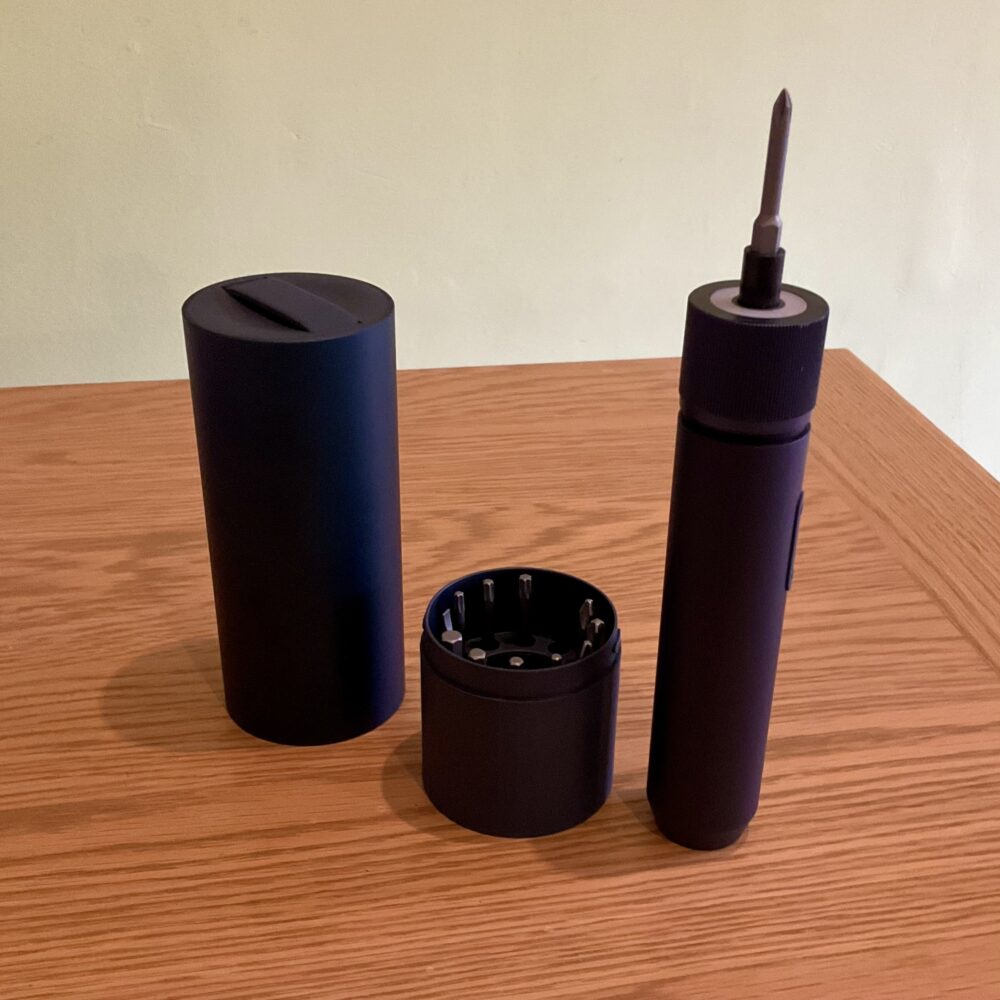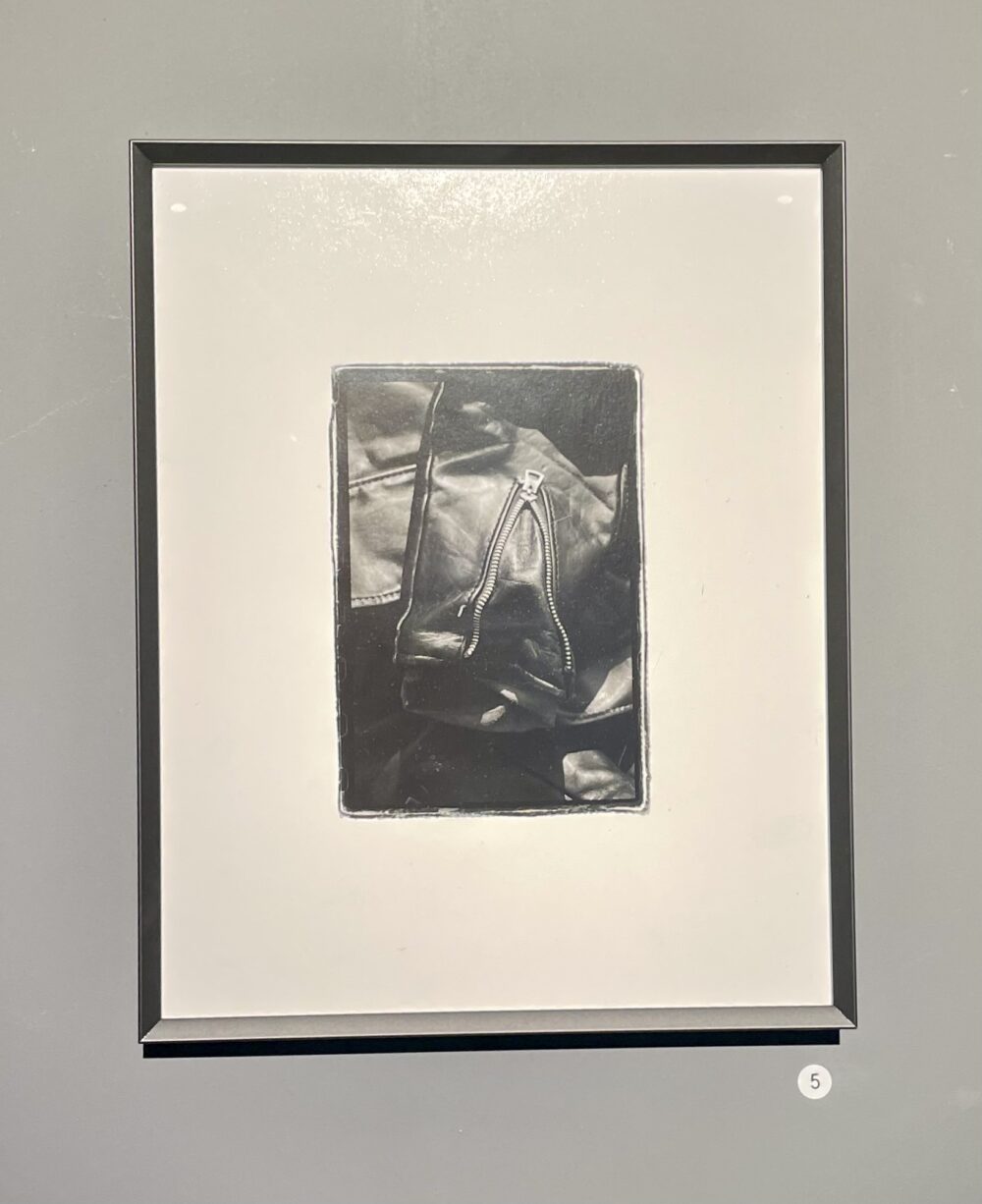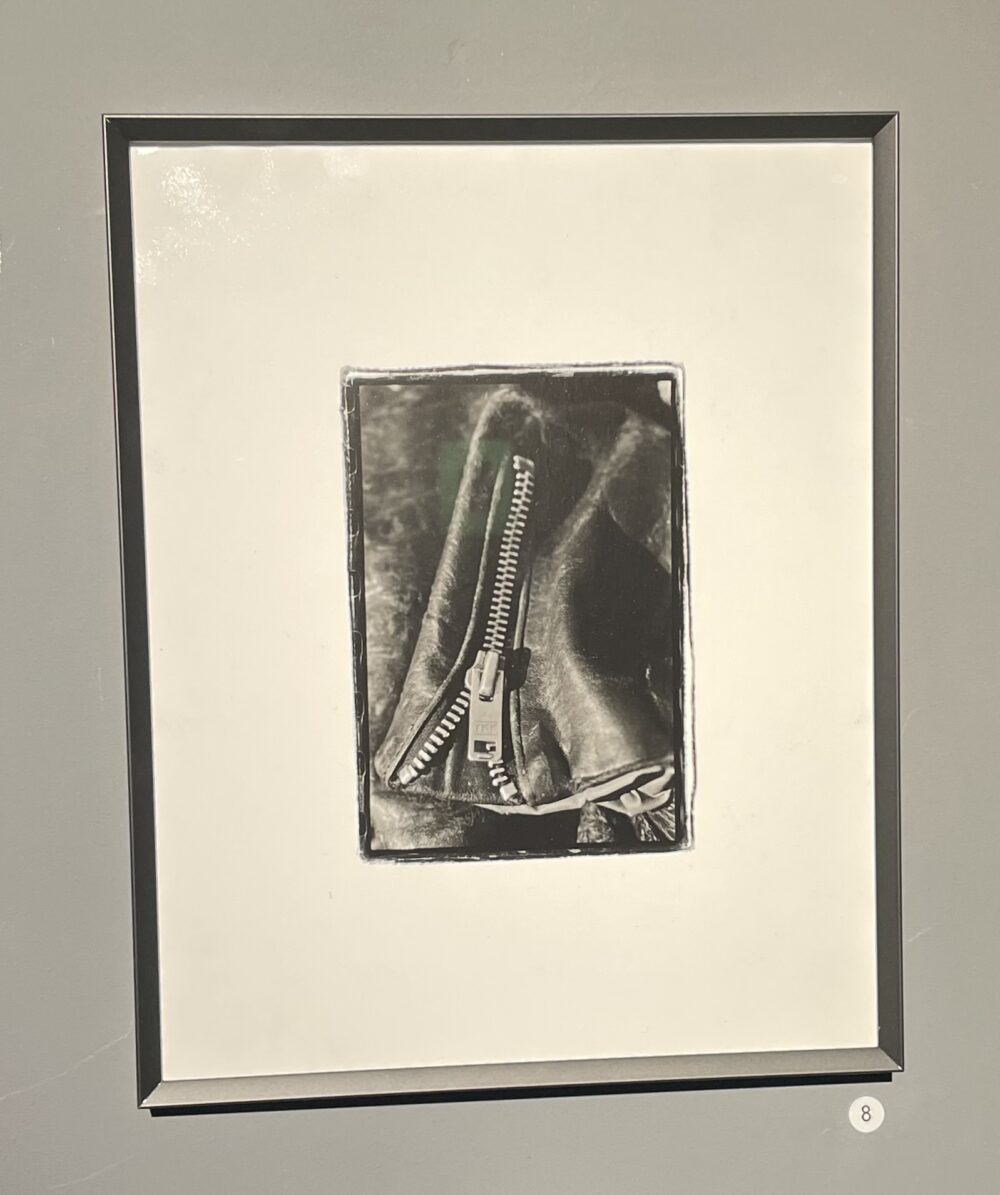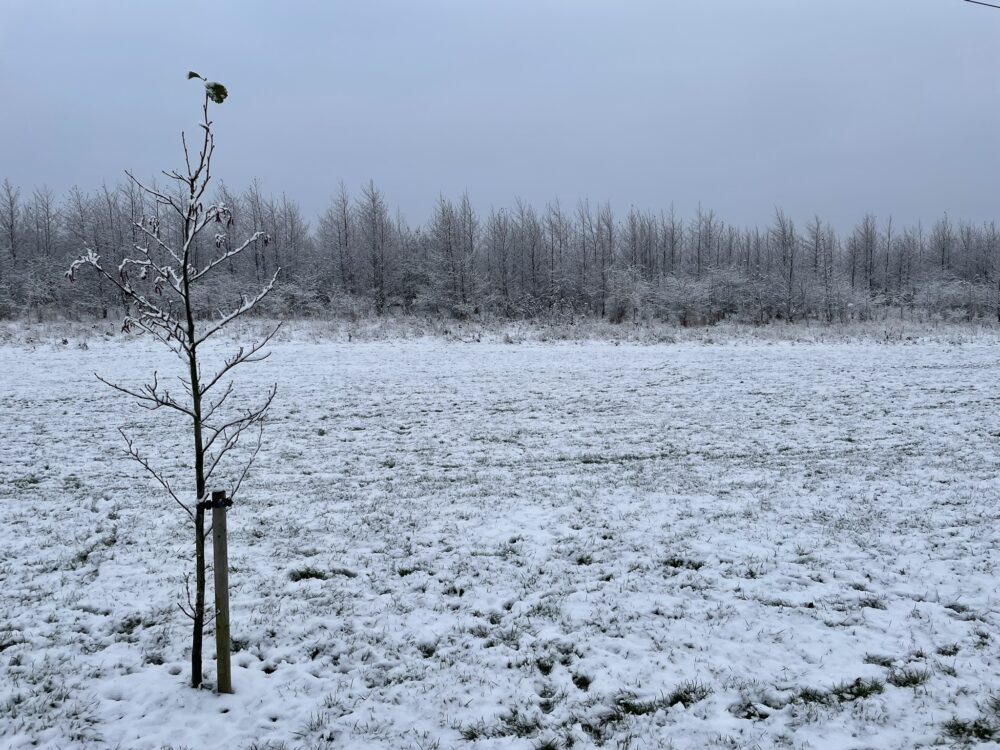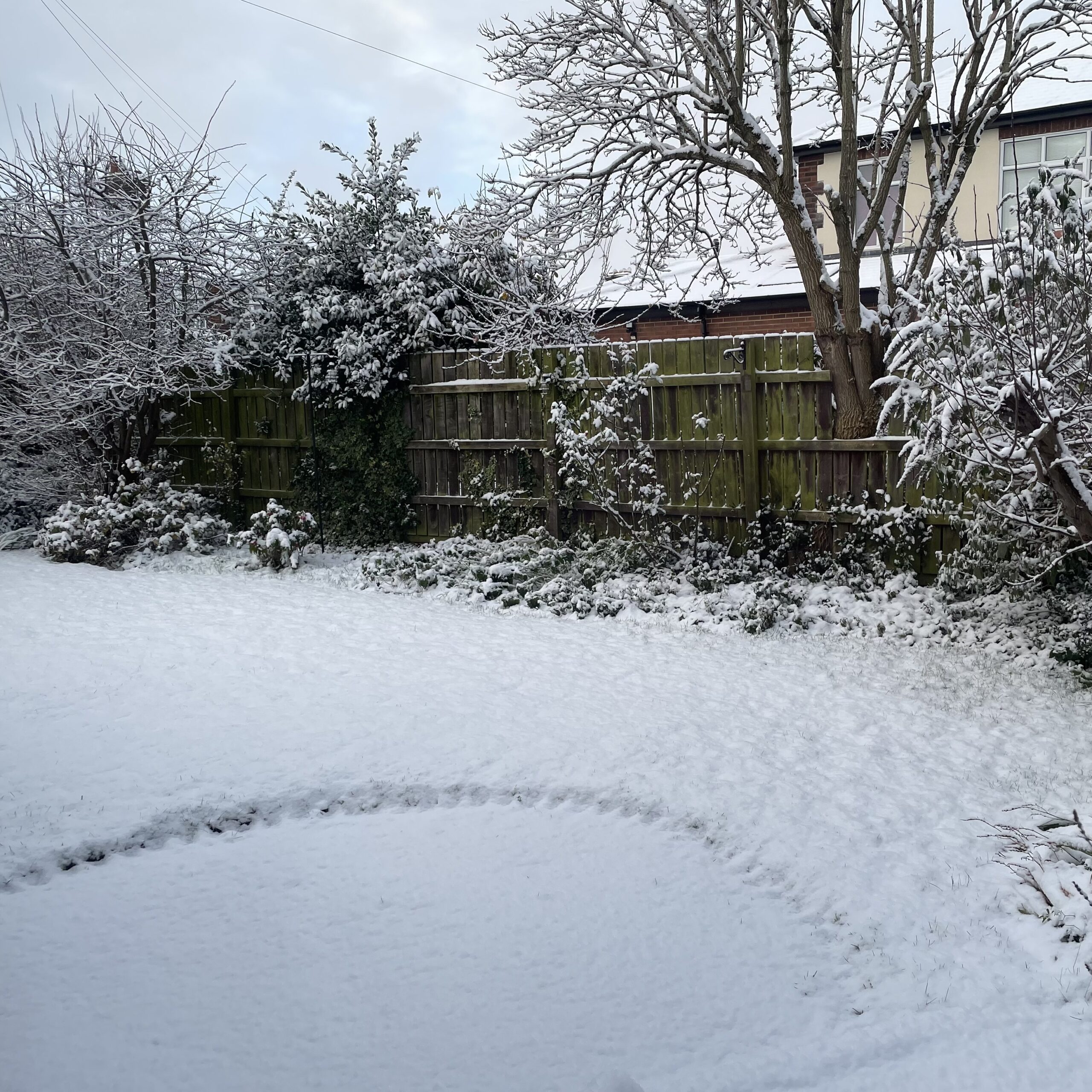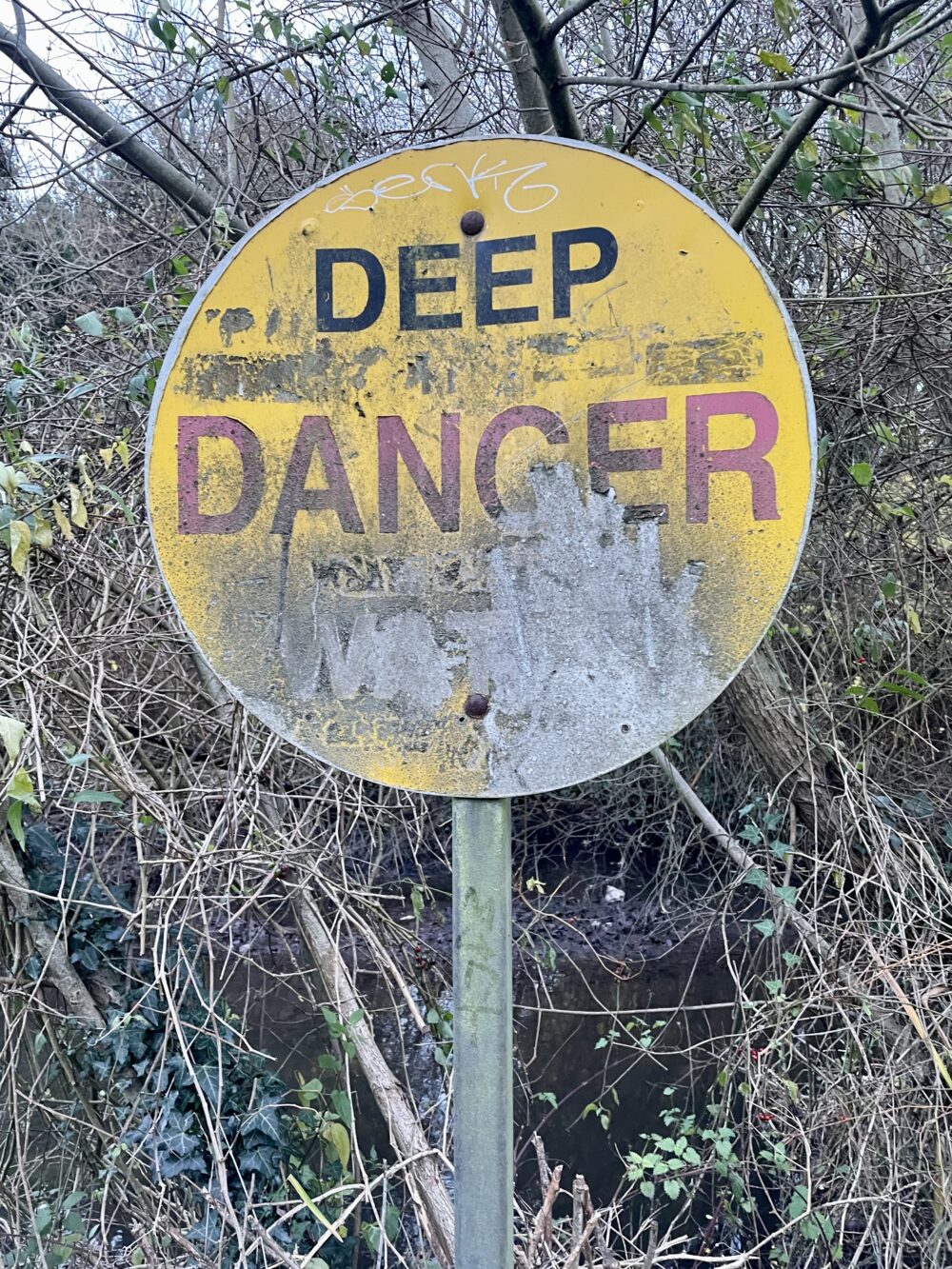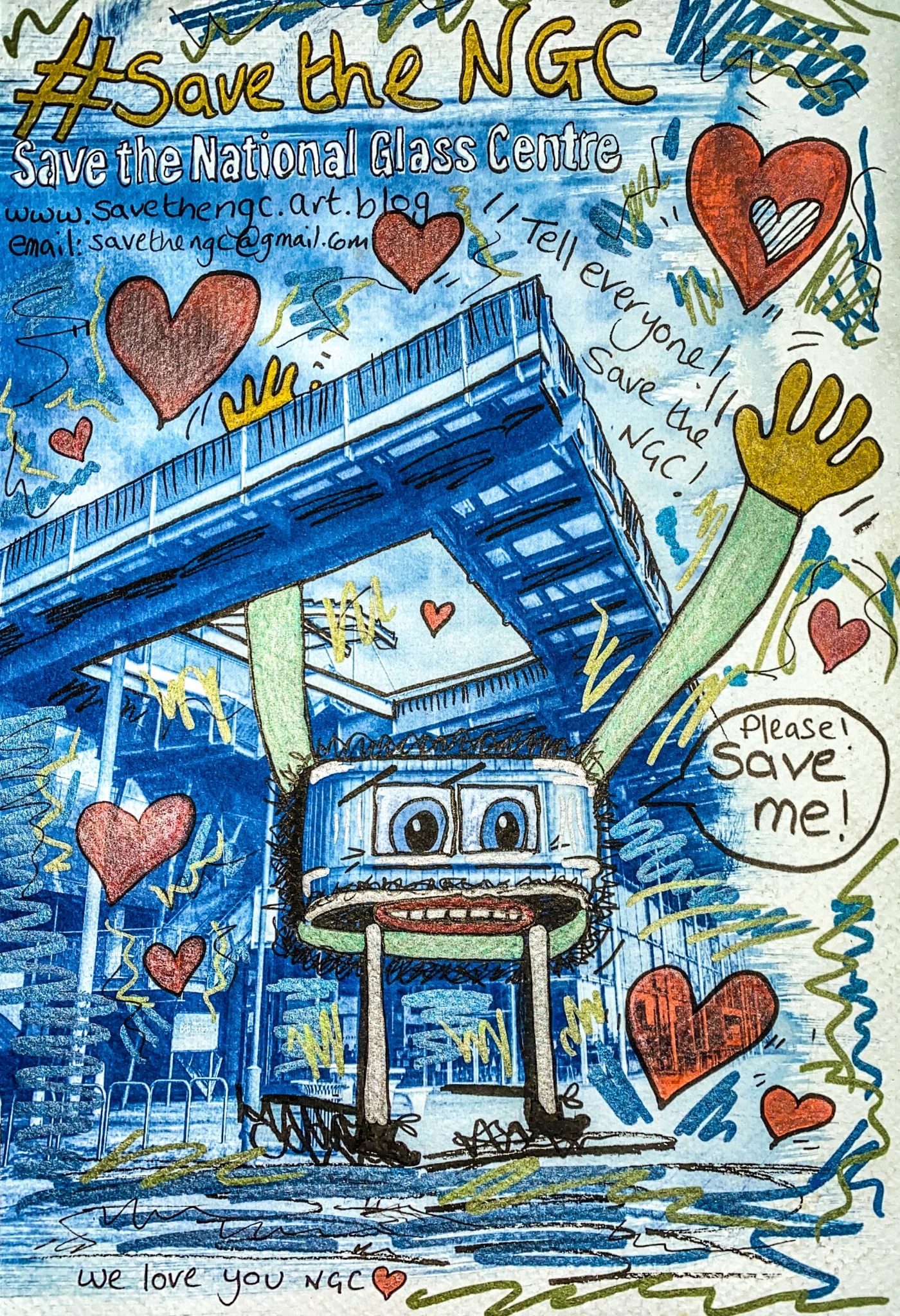Combining cruelty and self-harm
After the Prime Minister decided that the level of immigration into the UK was ‘far too high’, it felt like he’d decided to come up with a new plan in about thirty seconds. Wendy and I watched in total bafflement as the seemingly nonsensical details appeared on our screens.
Perhaps the best commentary I’ve seen on the topic is from Jonn Elledge, who properly captures the sense of utter befuddlement we felt:
There are so many issues with this policy that it’s hard to know where to begin. It’ll reduce Britain’s competitive advantage in sectors, like science and higher education, where non-British people choose to work here for reasons other than money. It’ll wreck the NHS and social care system, which depend on immigrant labour to function and will struggle to recruit if workers can no longer bring their children. (Sure, you can argue that those systems should wean themselves off cheap migrant labour by hiring more staff domestically; but doing so would likely require substantial budget increases which ministers have made abundantly clear they have no intention of providing.) It means smugly telling the public that we are reserving not the best, but worst, paying jobs for the domestic workforce – and doing so just as we approach an election year.
And it means telling British voters that they no longer have the right to bring someone they love to their own country, simply because they don’t earn enough money. The estimate doing the rounds for the proportion of the public affected is 73%; given that people are more likely to fall in love when they are young and not earning very much, that may well be an under-estimate. And on Tuesday night, the government declined to promise that this would not affect visa renewals for those who are already here. They’re literally telling the voters that, to get the numbers down, they’re going to deport their partners.
This post was filed under: Politics, Post-a-day 2023, Jonn Elledge.

